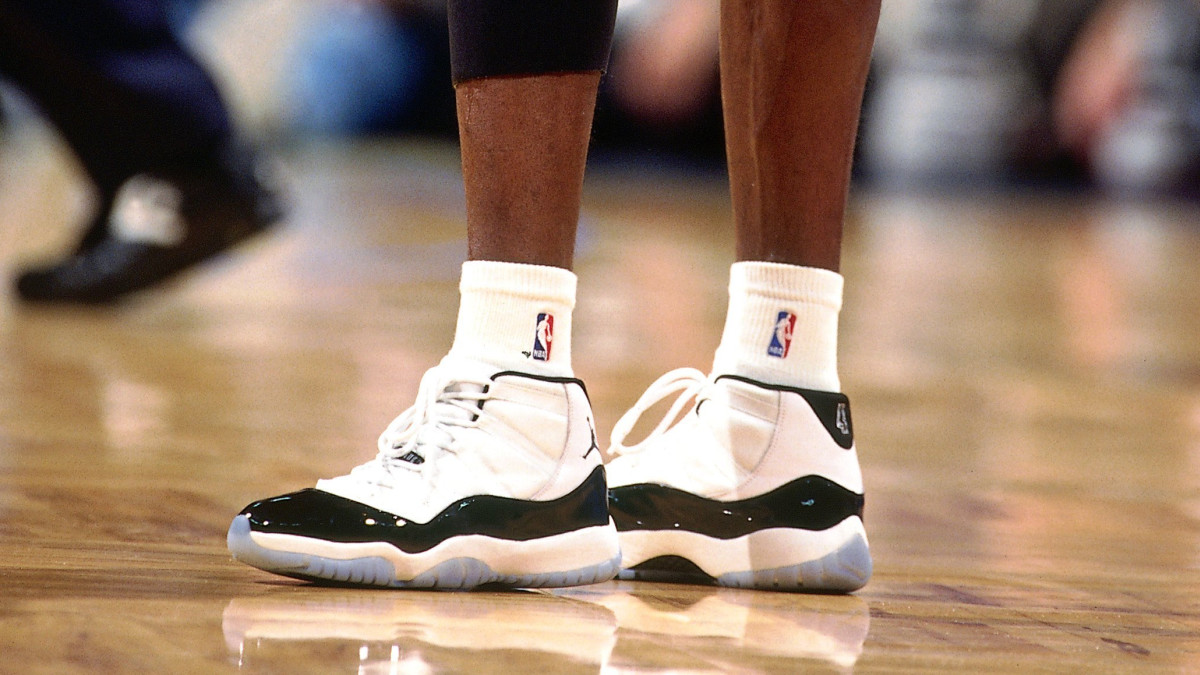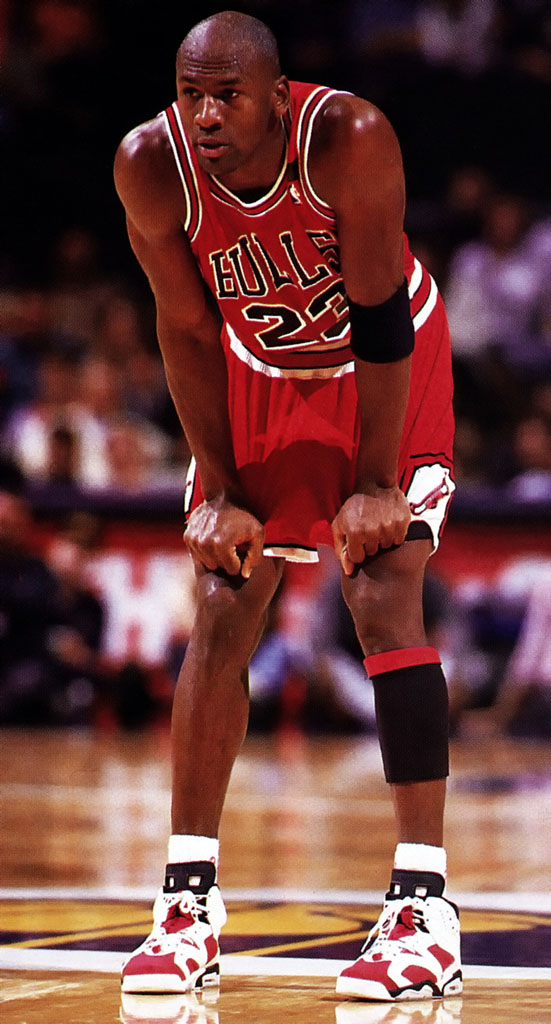I’m going to be totally honest; I’m running out of ideas. I’ve covered most of the important shoes that need to mentioned, so I guess today I’m gonna talk about Crocs. Now don’t get me wrong, I’m not trying to say that Crocs aren’t important. As a matter of fact, they’re actually extremely useful and widely popular around the world. They’re just not a stereotypically “cool” shoe. However, necessity wins out, so let’s dive in and talk about Crocs.
Crocs were invented by Lyndon Hanson and George Boedecker Jr. in Colorado in 2002. They were first showed at the Fort Lauderdale Boat Show, displaying the foam clog’s capability as a water shoe. While it may have initially been intended as a boating shoe, Crocs immediately made its way into households across the country, as the shoe was incredibly comfortable and nearly indestructible. They came in a plethora of colors and patterns, meaning that they had something for everyone. More importantly, they were highly practical. Crocs became a staple within professions such as nursing and food service, where people would be standing for hours at a time. It helped that they were designed to withstand water, were easy to clean, and provided non-slip traction on the bottom. Crocs became an absolute sensation. Suddenly, everyone from children to doctors had Crocs on their feet. Collaborations with Disney and Nickelodeon only made them more popular with kids, as they could don Crocs painted to look like cartoon icons such as Spongebob and Lightning McQueen. They even made little buttons called Jibbitz to stick inside the toe holes to customize your Crocs, further allowing people to express their individuality through their Crocs.
So far, this has seemed really positive, but we all know what happened next. In the early 2010s, people started to realize that Crocs were pretty ugly. This created an interesting split amongst the mainstream, with one half passionately despising the shoe and the other half passionately defending it. Outside of its little niche consumer base, the general public turned its back on Crocs. They became the laughing stock of the fashion and sneaker industry, essentially being relegated to one large joke.
Through all of the memes and criticism, Crocs’ fanbase remained dedicated, and now Crocs are almost popular again. More than 300 million pairs have been sold in over 90 countries, so whether you love them or hate them, Crocs are most definitely here to stay.

